From bean to cup
Coffee comes from far away
Coffee is cultivated in 50-60 countries around the world. Among the leading producer countries are Brazil, Vietnam, Colombia, Indonesia and India, which produce about 70 per cent of the world’s coffee. More than 20 million growers earn their living from coffee. More than 70% of the world’s coffee comes from smallholdings. For this reason, the coffee trade is of great importance in many developing countries, both economically and socially.
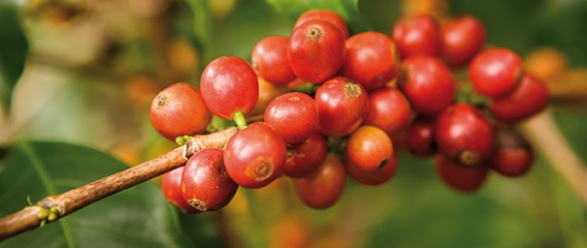
Coffee grows in warmth
Coffee grows in the region between the Tropic of Capricorn and the Tropic of Cancer, at altitudes 600–1,600 metres above sea level. The coffee plant, which is susceptible to cool temperatures, can grow into a tree as much as 10 metres in height. On coffee farms and plantations, however, they are usually pruned into low bushes to facilitate harvesting.
A coffee plant begins to bear fruit at 2−4 years of age. One bush yields roughly 400–1,500 grams of green coffee. The so-called coffee cherries are ripe for picking when they turn dark red. Coffee beans are inside the flesh of the fruit, protected by a parchment-like membrane.
Quality guides coffee purchasing
Paulig gets its green coffee from countries including Brazil, Colombia, Peru, Guatemala, Kenya and Ethiopia. Most of our coffee is bought direct from exporters in the countries of origin. Paulig is noted in the countries of origin as a buyer of high-quality coffee, and Paulig quality is a concept in the coffee sector. Paulig buys roughly 0.7% of the world’s yearly output of coffee, in all more than 60 million kilos of green coffee, from 10-15 different countries.
Paulig’s coffees are carefully developed blends made from grades of coffee imported from different countries of origin. Each product has its distinctive, meticulously considered flavour profile. We buy green coffee of better than average quality, for which we pay a quality premium. In addition to the flavour and other quality characteristics, it is important that we get enough of the right green coffee grades. In this way, we can guarantee that our well-known products will always taste just as good, cup after cup.
Coffee goes by ship
The consignment of coffee is sent by ship from the country of origin towards continental Europe and Finland after our quality experts have tasted samples from the batch and approved it. From the countries of origin, containerships bound for Finland head first towards continental Europe, mostly Hamburg and Antwerp. At its fastest, coffee gets to Vuosaari harbour from Brazil in roughly three weeks, stretching out to a maximum of two months.
Each year we import more than 60,000 tonnes of green coffee to Finland. Coffee is shipped to Vuosaari harbour, which is right beside the roastery. Most (87%) of the coffee coming to Paulig is packed in efficient, container-sized bulk sacks holding roughly 20,000 kilos of green coffee. The remainder of the green coffee arrives in traditional 60-kilo jute sacks, which depending on the grade get roughly 17–19 tonnes of coffee into a container.
Green coffee purchases for the Tver roastery are handled from Finland, but the deliveries go direct to Russia. At present the main port used is Kotka in eastern Finland, from which the coffee containers are taken by road to Tver. Road transport has been found to be the most efficient mode of transport between the seaport and the roastery.
In Vuosaari, coffee containers are taken by lorry from the harbour precinct straight to the roastery, where it is stored in green coffee silos after quality checks. From the silo, the coffee is taken to production. Coffee is sent from the completed products warehouse to the distribution centres of central wholesalers or exported abroad.
Efficient transport chains
Paulig delivers more than 100 million coffee packages a year from its roasteries in Helsinki and Tver to wholesalers and retail outlets and thus to consumers for their enjoyment. We take care in many ways that the storage and transport are as environmentally friendly as possible.
We collaborate closely with our transport partners, retail chains and wholesalers to ensure that transport and packaging solutions are as efficient as possible and that lorries depart with the fullest possible loads.
In Finland, transport of coffee products to retail chain warehouses is handled mainly by customers’ transport partners. The products are packed for transport on pallets dimensioned for optimal space use in the vehicles. Paulig’s delivery service carefully plans load packing and the routes to minimise the number of transports.
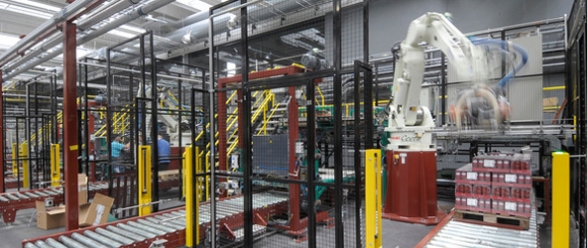
The main commercial coffee varieties
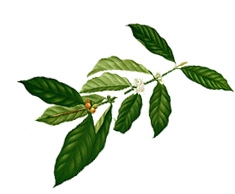
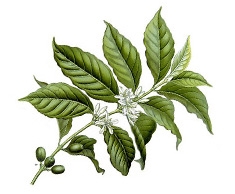
From coffee cherries to beans
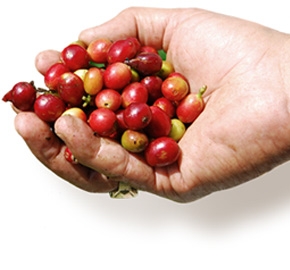 Depending on the country and region, the coffee crop is harvested either by hand or mechanically. Hand-picking is typical in areas such as Colombia, Central America and Africa, where coffee is most often grown on mountain slopes. Machinery can be used on the plains of Brazil.
Depending on the country and region, the coffee crop is harvested either by hand or mechanically. Hand-picking is typical in areas such as Colombia, Central America and Africa, where coffee is most often grown on mountain slopes. Machinery can be used on the plains of Brazil.
After picking, it is important to get the cherries to processing plants quickly to maintain their quality. The seeds (known as coffee beans) are separated from the cherries, after which they are cleaned, dried and sorted. The coffee beans processed until fit for sale are delivered to exporting companies, which sell the coffee and ship it to various parts of the world.
An important commodity in world trade
In terms of value, green coffee is the second most traded raw material in world trade, immediately after oil. In the 2010 harvest season, the global output was 134.1 million bags (60 kg) of coffee and the 2011 harvest yielded 132.4 million bags. The biggest producer countries were Brazil, Vietnam, Ethiopia and Indonesia. Source: ICO.
The price of green coffee is affected by factors including demand and supply, harvest forecasts, weather and variations in rainfall. The price can fluctuate widely when rapid changes occur in the market or in quantity and quality of production. In recent years, the activities of funds investing in commodities have fuelled price fluctuations.
The price of coffee is set on commodity exchanges. The arabica coffee that Paulig mostly uses is quoted on the New York Coffee Exchange. The price of the robusta coffee added to some products is set on the London Coffee Exchange. Although the price level is set in a commodity exchange, the actual trade in green coffee is between the buyer and the seller.
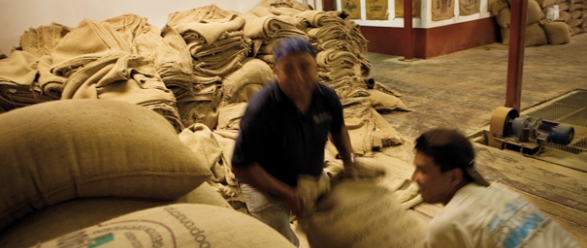
Flavours formed in the roast
The delicious flavours, smells and colour of coffee are formed in the roast. During the roasting, water evaporates from the green coffee and the greenish colour gradually turns to brown and its composition changes. The proteins and carbohydrates in coffee break down into amino acids and sugars. These interact to form hundreds of flavourings. The acids in green coffee also break down during the roast. The darker the coffee is roasted, the less acid there is in it. Depending on the type of coffee, the roast lasts 5-15 minutes. Coffee is roasted in an airstream heated to 400 °C in a roasting drum.
After roasting the coffee is ground, packed and taken to storage to await onward transport to the customers. Coffee moves fast in shops, reaching the consumers for their enjoyment. Thanks to state-of-the-art packaging technology and high-quality packaging materials, Paulig coffees have a one-year guarantee of freshness. Coffee products are mostly packed in laminate packaging. The most popular type is the 500-gram vacuum pack, in which most of our popular Juhla Mokka and Presidentti blends are sold.
Paulig’s quality management is based on the international ISO 22000 standard. An important component in quality assurance is self-supervision, which embraces all stages of coffee processing from the procurement of green coffee to the completed product. Self-supervision also includes sensory assessment of coffee. A tasting team comprised of several Paulig employees verifies the look, aroma and flavour of the coffee at many stages of the coffee production chain from bean to cup.
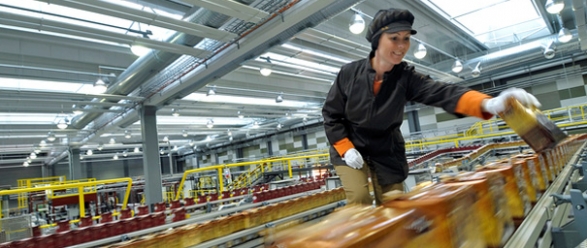
Enjoyable moments with coffee
Finns are the world’s most enthusiastic coffee drinkers, as we get through about five cups of coffee per person a day. In Moscow and St Petersburg, coffee drinkers report consuming 1-3 cups of coffee prepared in various ways, as do people in the Baltic countries.
We actively research changes in consumption behaviours and flavour preferences as well as coffee trends in different markets. We constantly develop our range and services together with our partners, customers and consumers, whom we meet in addition to our daily work at our customer service facilities, trade fairs and events, and in the social media. Through profound knowledge of the consumer and dialogue, we are able to add new kinds of products to the coffee offering and to provide a wide range of pleasurable flavours for changing coffee needs.
An enjoyable coffee moment is a luxury for everyday and special occasions.
